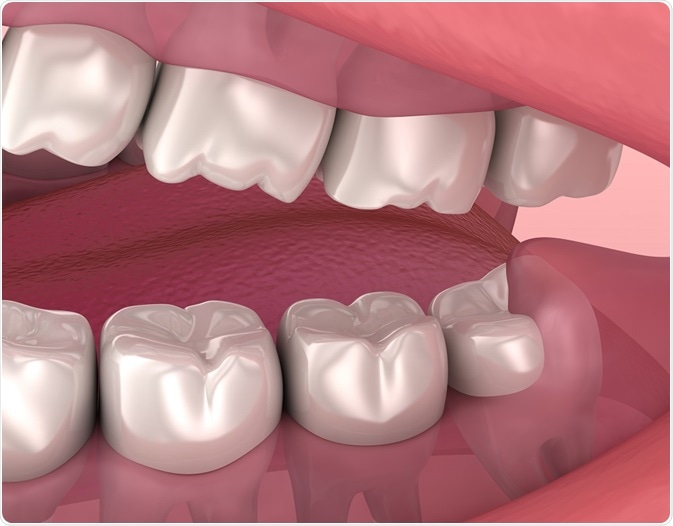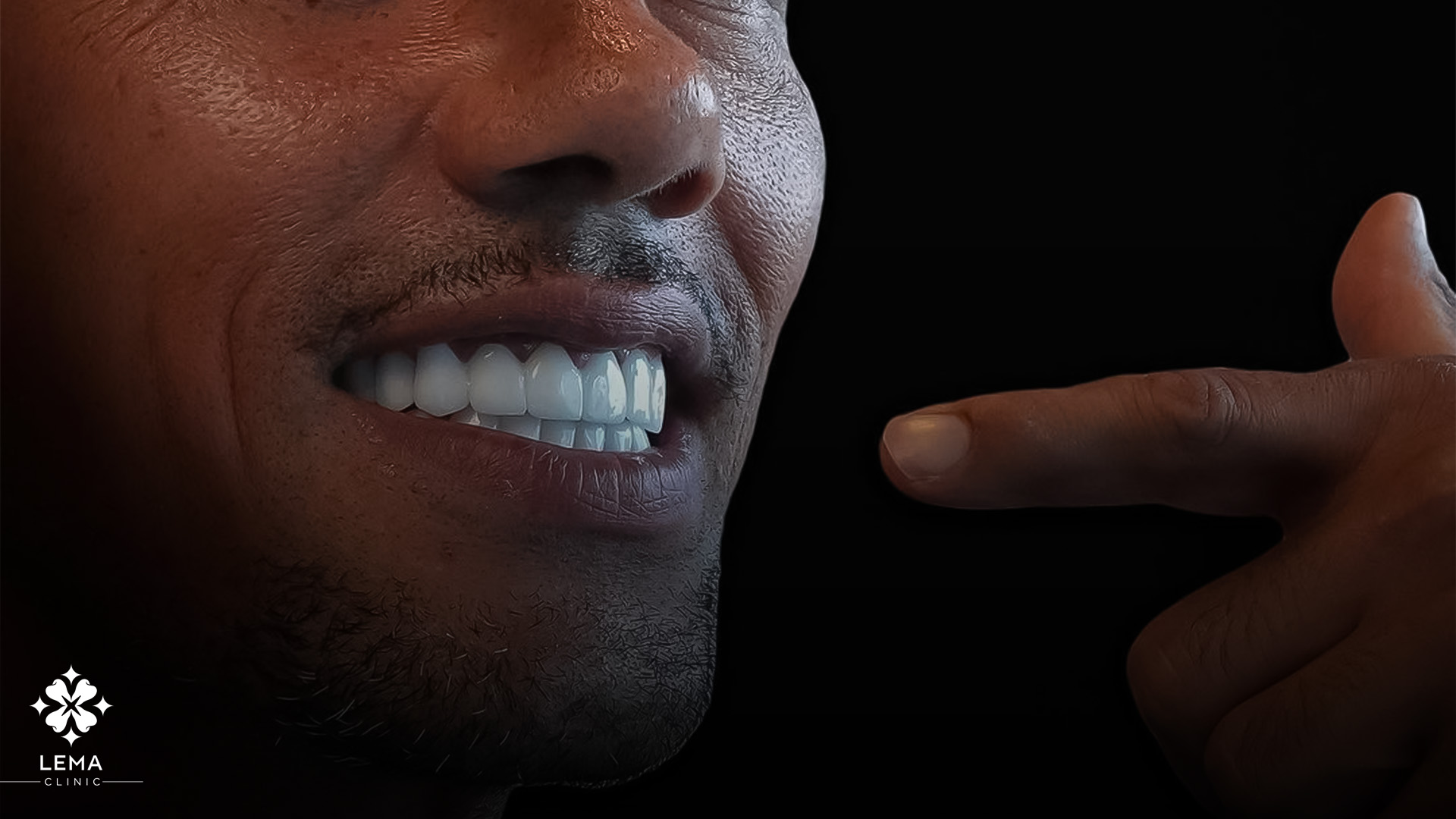How Many Molars Do We Have?

Humans typically have 12 molars, including 4 wisdom teeth. These teeth are essential for grinding food and aiding in digestion. Keep your smile healthy!
Have you ever wondered how many molars are hiding in your mouth? These essential teeth play a crucial role in chewing and digestion, yet many of us overlook their significance. In this exploration, we’ll uncover the fascinating anatomy of our molars, their number, and their importance in our dental health.
Introduction to Molars
Molars play a crucial role in our dental health and overall digestion. These large, flat teeth located at the back of the mouth are specifically designed for grinding and chewing food. Unlike other types of teeth, molars have a broad surface with multiple cusps, allowing us to effectively break down complex food particles. Understanding the importance and functionality of molars can help individuals maintain better oral hygiene and make informed decisions about their dental care.
Types of Molars in Human Dentition
Humans typically have three types of molars, each serving a specific purpose in the chewing process. These molars vary in shape, size, and number. The types include:
- First Molars: These are usually the largest and strongest molars, located immediately behind the premolars. They erupt around the age of six and are essential for effective grinding of food.
- Second Molars: These molars appear around the age of twelve and help continue the grinding process. They are slightly smaller than the first molars but play a similar role in the digestion of food.
- Third Molars (Wisdom Teeth): These molars typically emerge in late adolescence or early adulthood, around the age of 17 to 25. They are often removed due to space issues or impaction, as many people do not have enough room in their mouths for these additional teeth.
Each type of molar contributes to the complex process of chewing and breaking down food, underscoring their importance in human dentition.
Number of Molars in Adult Dentition
Adults typically have a total of 12 molars in their dental arch. These molars are positioned at the back of the mouth and are essential for effective chewing and grinding of food. The molars are divided into three types: first molars, second molars, and third molars (often referred to as wisdom teeth). Here’s a breakdown of the number of molars:
| Type of Molar | Quantity |
|---|---|
| First Molars | 2 |
| Second Molars | 2 |
| Third Molars (Wisdom Teeth) | 2 |
Molars appear in pairs on the upper and lower jaws. In total, this means that most adults have 6 molars on the top (3 on each side) and 6 on the bottom (again, 3 on each side). However, the presence of wisdom teeth varies; some individuals may have them removed due to impaction or other dental issues.
The Role of Molars in Chewing and Grinding Food
Molars play a crucial role in the digestive process. They are designed to chew and grind food into smaller pieces, making it easier for the digestive system to process nutrients. Their broad and flat surfaces, equipped with multiple cusps, facilitate effective grinding, unlike other types of teeth.
| Function | Importance |
|---|---|
| Chewing | Makes food easier to swallow and digest |
| Grinding | Breaks down complex food structures into smaller pieces |
| Mixed Food Processing | Works with saliva to facilitate enzymatic breakdown |
Without healthy molars, individuals may struggle with proper chewing, leading to difficulties in digestion and potential nutritional deficiencies. Therefore, maintaining molar health is essential for overall well-being.
Development and Eruption of Molars
The development and eruption of molars is a fascinating process that begins early in life. Molars are the large, flat teeth located at the back of the mouth, and they play a crucial role in grinding food for digestion. The first set of molars, known as primary or baby molars, typically erupts between the ages of 13 to 19 months. These baby molars will eventually fall out and are replaced by permanent molars.
Permanent molars generally start to emerge around the age of six. This first set of permanent molars is often referred to as the six-year molars. As children continue to grow, their mouths develop further, allowing for the eruption of additional molars, including the second molars around age 12 and the third molars, commonly known as wisdom teeth, emerging in late adolescence or early adulthood. Knowing when these teeth typically erupt can help parents and caregivers monitor their child’s dental development.
Common Dental Issues Involving Molars
Molars are vital for proper chewing and overall oral health, but they can also experience various dental issues. Here are some common problems associated with molars:
- Cavities: Molars have multiple grooves and pits, making them prone to decay. Regular dental check-ups and proper oral hygiene can help prevent cavities.
- Impaction: Wisdom teeth often become impacted, meaning they do not fully emerge through the gums. This can lead to pain and require surgical extraction.
- Gum Disease: The area around molars can be difficult to clean, making them vulnerable to gum disease. Maintaining good brushing and flossing habits is essential to prevent this condition.
- Cracks and fractures: Heavy biting forces can cause cracks in molars, which may require restorative treatment to preserve the tooth’s health.
Being aware of these issues can encourage individuals to seek regular dental care and maintain their molars in good condition.
1. How many molars do adults typically have?
Adults generally have 12 molars, which include 6 upper (maxillary) and 6 lower (mandibular) molars.
2. At what age do molars usually emerge in children?
In children, the first molars typically emerge around the age of 6, followed by the second molars around age 12, and the third molars (wisdom teeth) usually emerge between the ages of 17 and 25.
3. What is the purpose of molars in the human mouth?
Molars are designed for grinding and chewing food, making them essential for proper digestion and nutrition.
4. Can some people have fewer than 12 molars?
Yes, some people may have fewer than 12 molars due to genetic factors, tooth extractions, or developmental issues that affect the growth of teeth.
5. What happens if molars are lost or need to be extracted?
If molars are lost or extracted, it can lead to difficulties in chewing, misalignment of remaining teeth, and other dental issues. Dentists often recommend treatments such as bridges, dentures, or implants to replace lost molars.

